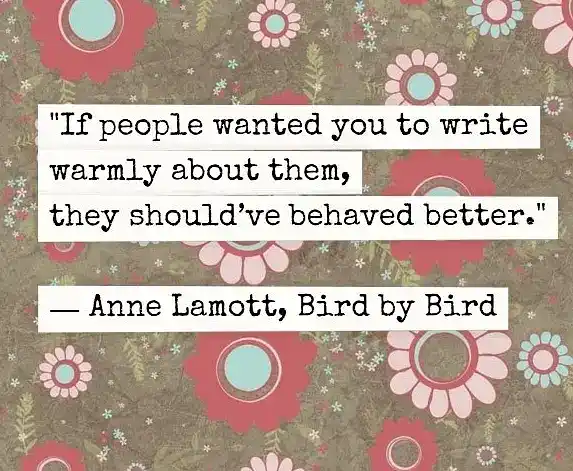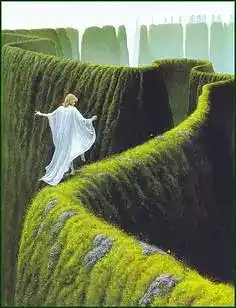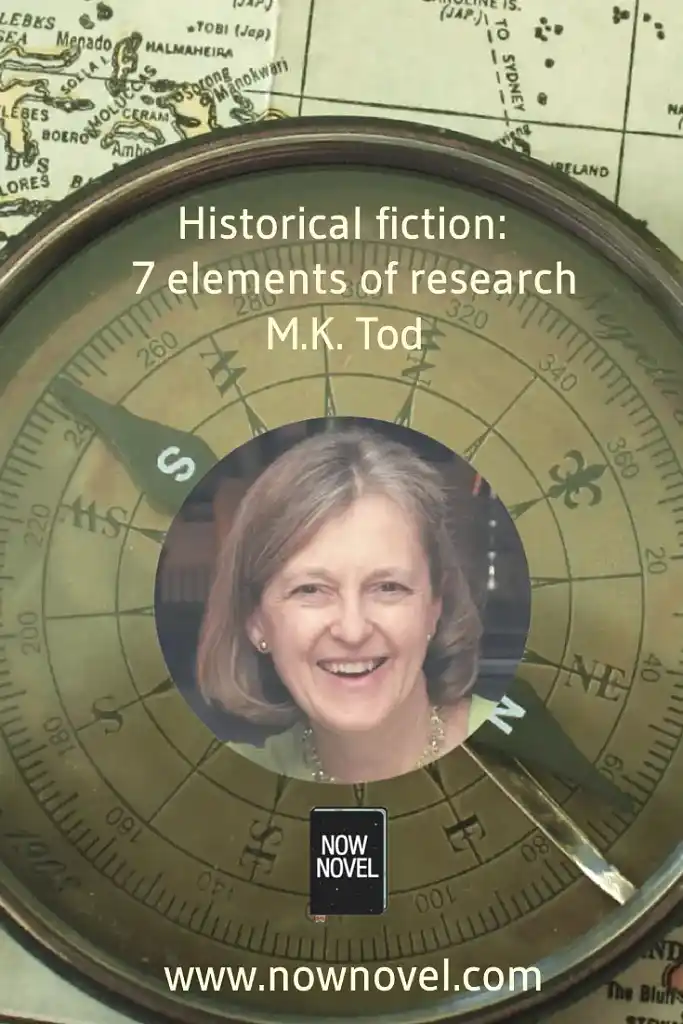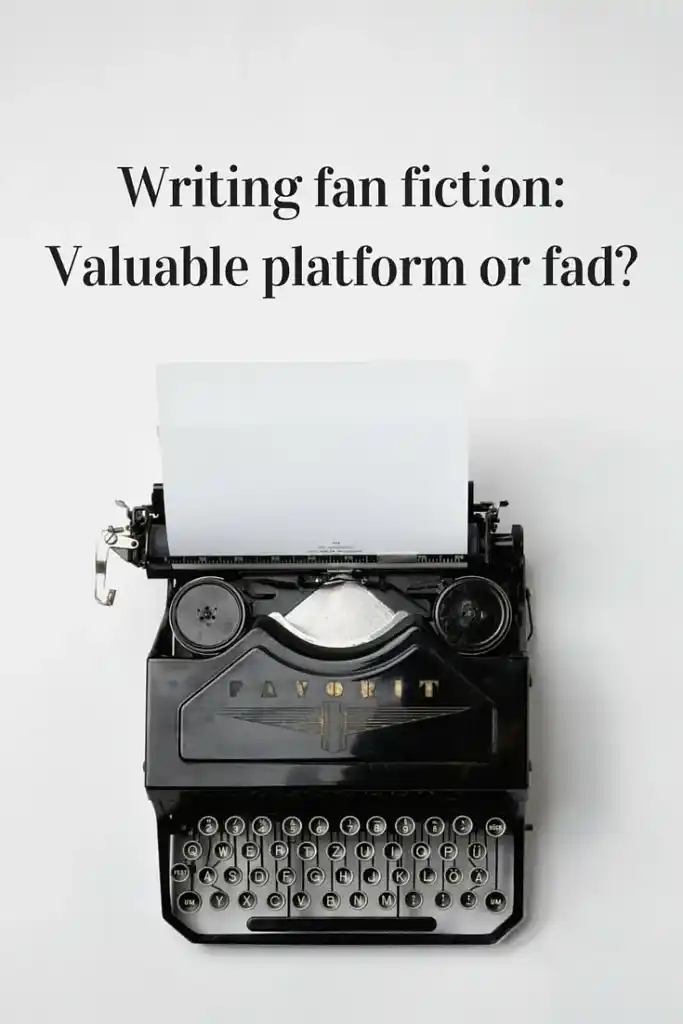Genre Writing Guides
Learn the trade secrets of writing in different genres.
Learn the trade secrets of writing in different genres.
Knowing how to start writing a memoir is important if you want to write autobiographical books that hook readers. From humorists like David Sedaris to more serious memoirists, the best memoir writers know how to treat their personal stories with the creativity of a fiction author. 10 tip...
May 23rd, 2013
Read post...Anne Lamott wrote one of the most beloved writing book of all times, Bird by Bird, but she has also had great success as a writer of memoirs. Writing memoir often means writing about family and other real people. Lamott's honesty and self-deprecating humour are instructive to any writer ...
September 17th, 2013
Read post...If you want to learn how to write a crime novel, studying the masters is a good first step. Read on for 4 takeaways from Raymond Chandler's fiction that will help you become a better crime writer: Raymond Chandler was one of the great crime writers of all time, and his ascent from humble beg...
October 22nd, 2013
Read post...
Explore the real differences between science fiction and fantasy — from worldbuilding and settings, to timelines and themes — and even the places where their boundaries overlap.
May 30th, 2025
Read post...Though written as a YA novel, The Hunger Games by Suzanne Collins was a big hit with readers of all ages. One key to its success was its use of suspense, and we can examine it to learn how to write suspense ourselves. First, create an engaging protagonist. The reader needs to care what happens ...
February 20th, 2014
Read post...Joseph Campbell was a writer who identified a structure common to many myths that he named the hero's journey. You can use Joseph Campbell's mythology to structure your own fiction regardless of the genre or type of story you want to tell. Campbell combined his knowledge of myth and religion with...
May 26th, 2014
Read post...
To write humour like Jerry Seinfeld, you need to understand the structure of his humour as well as the anatomy of humour in general so you can write your own comedy: How to write humour like Jerry Seinfeld in 5 steps: Step 1: Don't betray the effort your joke took to create. A large part of humo...
July 2nd, 2014
Read post...It is said that writing humour is the most challenging type of writing, but being able to write comedy is an excellent skill to add to your writing toolbox. Why is learning to write humour so important? There are a number of reasons: 1. Humour writing contains important elements of craft Humour w...
November 3rd, 2014
Read post...This guest contribution is by author and historical fiction blogger M.K. Tod of A Writer of History. Mary provides valuable insights into the particular research required of the historical fiction writer, along with practical advice for sourcing the factual material that will help bring a bygone...
March 30th, 2015
Read post...
We’ve put together 53 of the best websites for romance writers. Enjoy these romance writing resources and let us know any you think are missing: Romance Writing Advice Romance University is a blog featuring online lectures from successful romance writers. Topics covered include e...
April 28th, 2015
Read post...The imagining of possible worlds is the staple of science fiction. Here are 43 must-visit sci-fi websites for writers: Science Fiction research websites There's a handy science fiction and fantasy resource guide by SuperSummary here Cornell University's science fiction and fantasy resear...
May 18th, 2015
Read post...
Fan fiction is a popular genre in which authors use existing fictional characters and worlds as the starting point for their own stories adhering to (or altering) 'canon' or the history of an author's work. Learn more about this genre and its practicalities: What is fan fiction? Fan fictio...
June 3rd, 2015
Read post...









